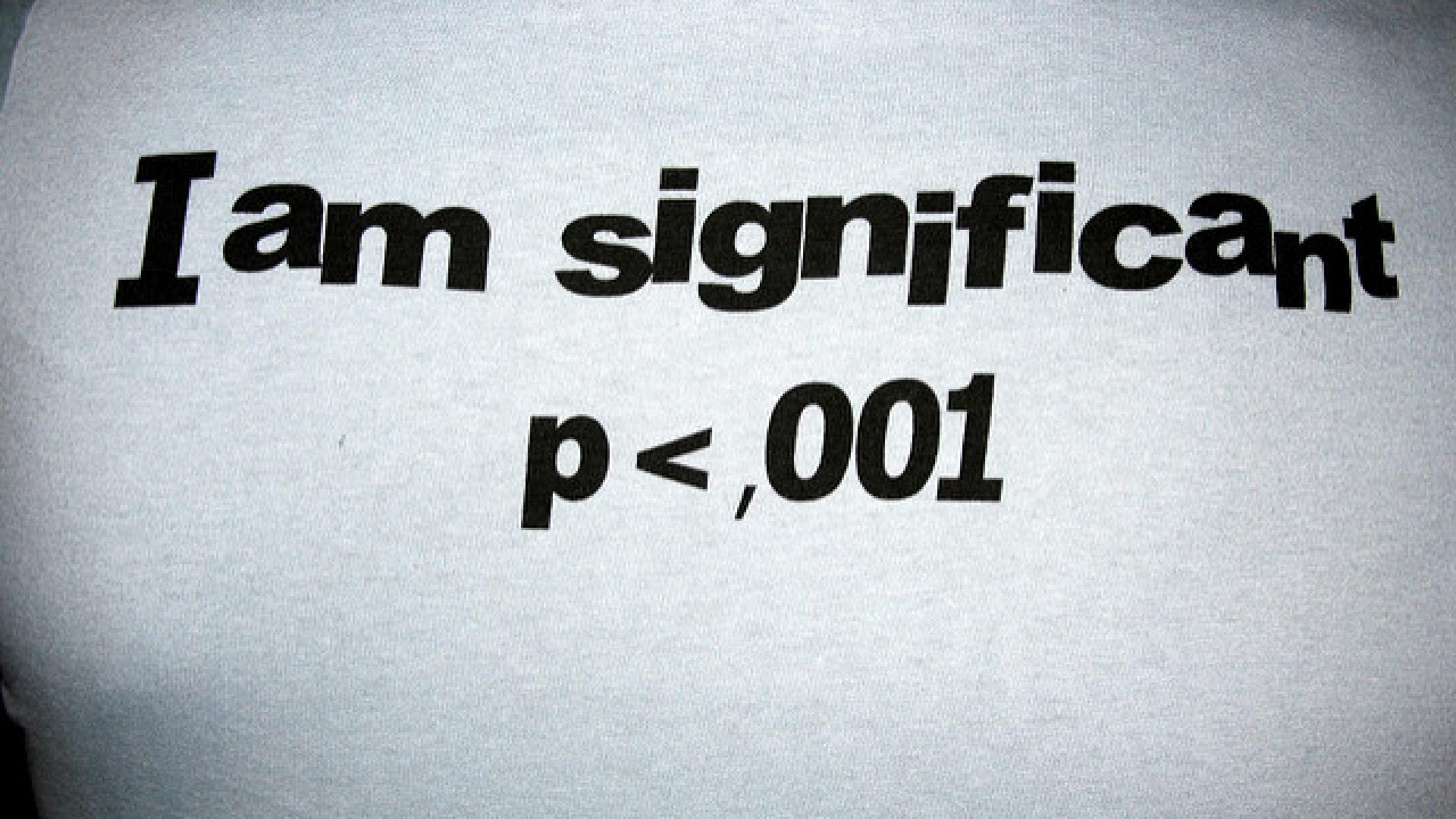It’s been a year since the government’s new Shared Parental Leave came into force. The change enables eligible men to share up to 52 weeks of parental leave with their partner and has been held up as one of the key contributions of the Lib Dems to the coalition government.
This policy is seen by many (myself included) as a progressive step towards gender equality, helping men to have more of a role in childcare and removing some of the barriers that maternity leave still means for women’s careers. It was really disappointing then to hear reports this month that there had only been a 1% uptake of the scheme by men.
These early results could suggest that the new system is a failure. The news stories surrounding the results questioned why so few men had taken up the option and what it meant about modern parenting. The Daily Mail stated that MPs had “already acknowledged that the plan has ‘made little difference.’” News sources suggested that men felt uncomfortable asking their employers for time off, or that existing pay differences between men and women meant that men taking leave was too challenging for the family’s budget.
Lots of these issues are valid and it is important that any full review of Shared Parental Leave learns from these results. However, the way the key statistic has been reported by these sources is not at all helpful for such a review and many were too quick to draw conclusions of what it meant.
Few of the reports, articles or commentary on the findings made explicit that the 1% that took Shared Parental Leave was out of all men, not just new fathers. And that fact alone makes a significant difference to how we should be looking at this data.
The statistic itself came from a survey, carried out by My Family Care and the Women’s Business Council, and was based on the reported numbers of 200 HR departments across a range of industries.
The research findings clarify that the 1% is based on all men, but many news sources seem to have missed the distinction and even among those that didn’t there isn’t any questioning of what that percentage actually represents among new fathers.
Based on our own rough estimates, among all men aged 15 or over, only around 4-5% have had babies in the last year.
These estimates are not exact. They are based on the census population estimates and birth rates, and will not take some aspects of modern families into account, such as same-sex partnerships, adoption levels, or the fact that not all of the 4-5% would have been eligible for the scheme.
Still, if we do take use these estimates it is possible that we are looking at around 20-25% uptake of Shared Parental Leave. Within the original research itself, a second survey carried out with individuals, including a number of recent fathers, suggested that the uptake rates could be around 30%.
It is difficult to say how representative the results of this second survey are at this stage but clearly it presents a different story and one that was not picked up by enough of those who covered the story.
The fact that a potential quarter of eligible men took Shared Parental Leave in the first year of it being available is a much more reassuring result for advocates of the policy.
There was always an assumption that full uptake of Shared Parental Leave would take time as men asking for time off became more culturally accepted, and as more companies adapted their internal policies and processes to make it an appealing option. In fact, when Shared Parental Leave was brought in last year, the government predicted that the uptake amongst eligible men would be between 2-8% which suggests that if the actual numbers are anywhere near 20%, we could be looking at a real success story.
As someone who works regularly with statistics, these kinds of oversights or mistakes are annoying, to say the least.
But in these cases, the problem goes much deeper than that.
These kinds of stories will have a genuine effect on how Shared Parental Leave will be viewed by the public. They can also have a genuinely detrimental effect on the new fathers who use it. These statistics can bolster opposition to these vital changes and can even have an effect on how we perceive and approach the issue these policies are trying to tackle.
It would be much harder to argue for changes which make taking leave more appealing if policy-makers think men aren’t interested. If companies believe men won’t take up the scheme there’s less incentive to offer competitive parental leave benefits. On the individual level, a father wanting to take up Shared Parental Leave might be discouraged by thinking he was in such a minority.
And for a policy that is as important as this one, that is a real concern.
It is a shock but not a
It is a shock but not a surprise that politicians, our media and others are misusing statistics in this way. A recent blog post 'The surprising news that Shared Parental Leave is only for recent parents' from The F-Word https://www.thefword.org.uk/2016/04/spl/ has looked at this same issue. The post gave a link to someone who had used some limited available data (very low numbers) to work out a rough take up rate of 21%, similar to your estimate.

